Understanding Chemical Separators
Chemical separation is an essential process in various industries, including pharmaceuticals, petrochemicals, and environmental sciences. A chemical separator is designed to isolate specific components from a mixture based on their chemical properties. This introduction delves into the intricacies of chemical separators, their types, and applications.
Types and Applications of Chemical Separators
The diversity of chemical separators caters to numerous applications. For instance, methanol water separation equipment is pivotal in biofuel production, while ethyl acetate water separation systems are commonly used in the pharmaceutical industry. In the realm of environmental management, solvent separators play a crucial role in recycling and waste reduction by efficiently segregating solvents from contaminants.
Features and Materials of Chemical Separators
Chemical separators are constructed from materials that are compatible with a wide range of chemicals to prevent corrosion and ensure longevity. For example, ammonia separators are often made from stainless steel or other alloys that can withstand the corrosive nature of ammonia. Similarly, separators used in acetone water distillation must resist the solvent properties of acetone to maintain structural integrity.
Advantages of Advanced Separation Technologies
Modern separation technologies offer enhanced efficiency and precision. The use of advanced materials and design in ammonia water separation systems allows for more effective ammonia recovery, which is vital in agricultural and industrial settings. In the pharmaceutical industry, the separation of complex mixtures, such as benzoic acid naphthalene extraction, is achieved with high purity levels, ensuring the quality of the final product.
Choosing the Right Chemical Separator
Selecting the appropriate chemical separator requires an understanding of the specific separation challenge. Factors such as the nature of the mixture, the required purity levels, and the volume of material to be processed are critical. For instance, a chemical separation example might involve choosing a distillation column for water acetone distillation based on the boiling points of the components and the desired throughput.
Integration in Industrial Processes
Incorporating a chemical separator into an industrial process demands careful consideration of the separator’s specifications and the process requirements. Whether it’s for continuous or batch processing, the separator must align with the operational workflow. For example, in the extraction of precious metals, chemicals to extract gold are used in conjunction with separators to enhance recovery rates and reduce environmental impact.





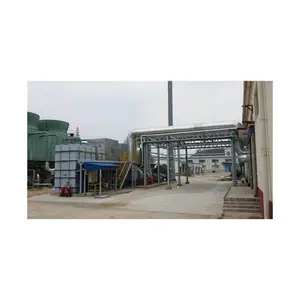

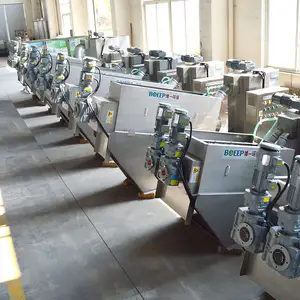






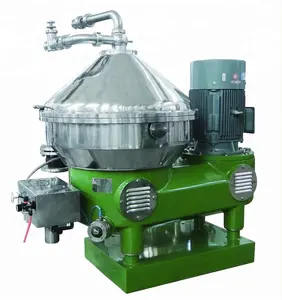







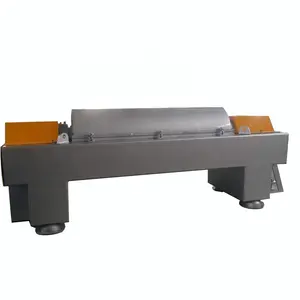


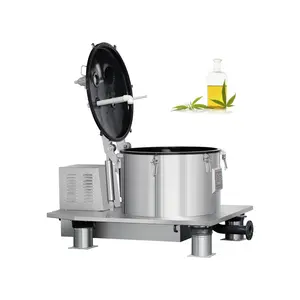










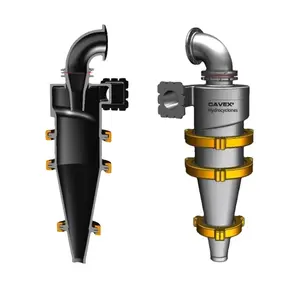

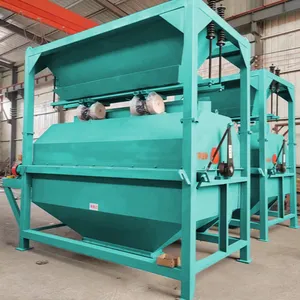





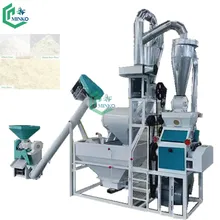


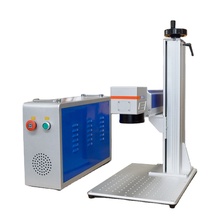

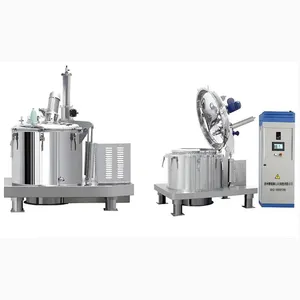

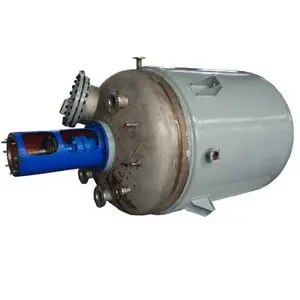
























 浙公网安备 33010002000092号
浙公网安备 33010002000092号 浙B2-20120091-4
浙B2-20120091-4